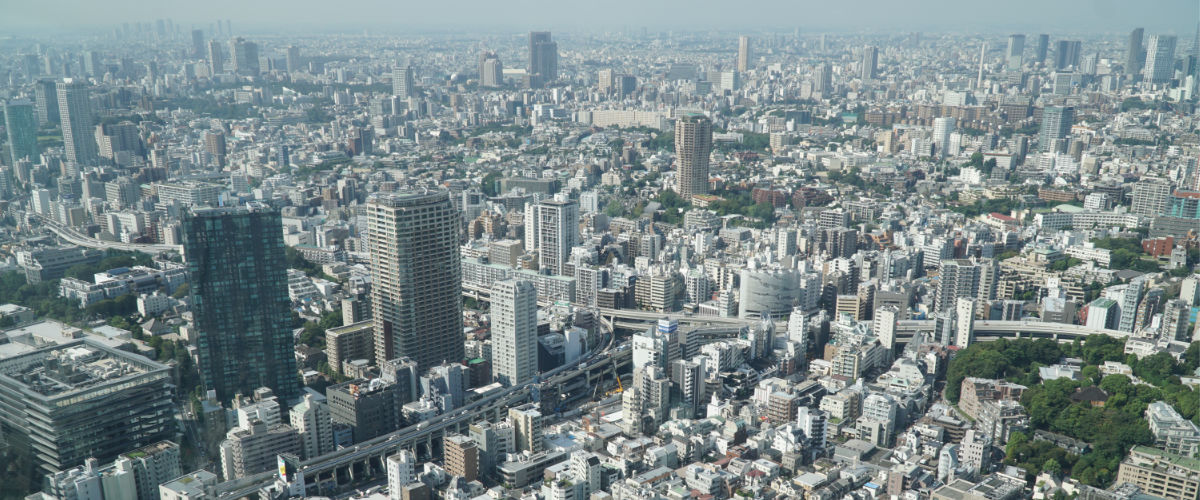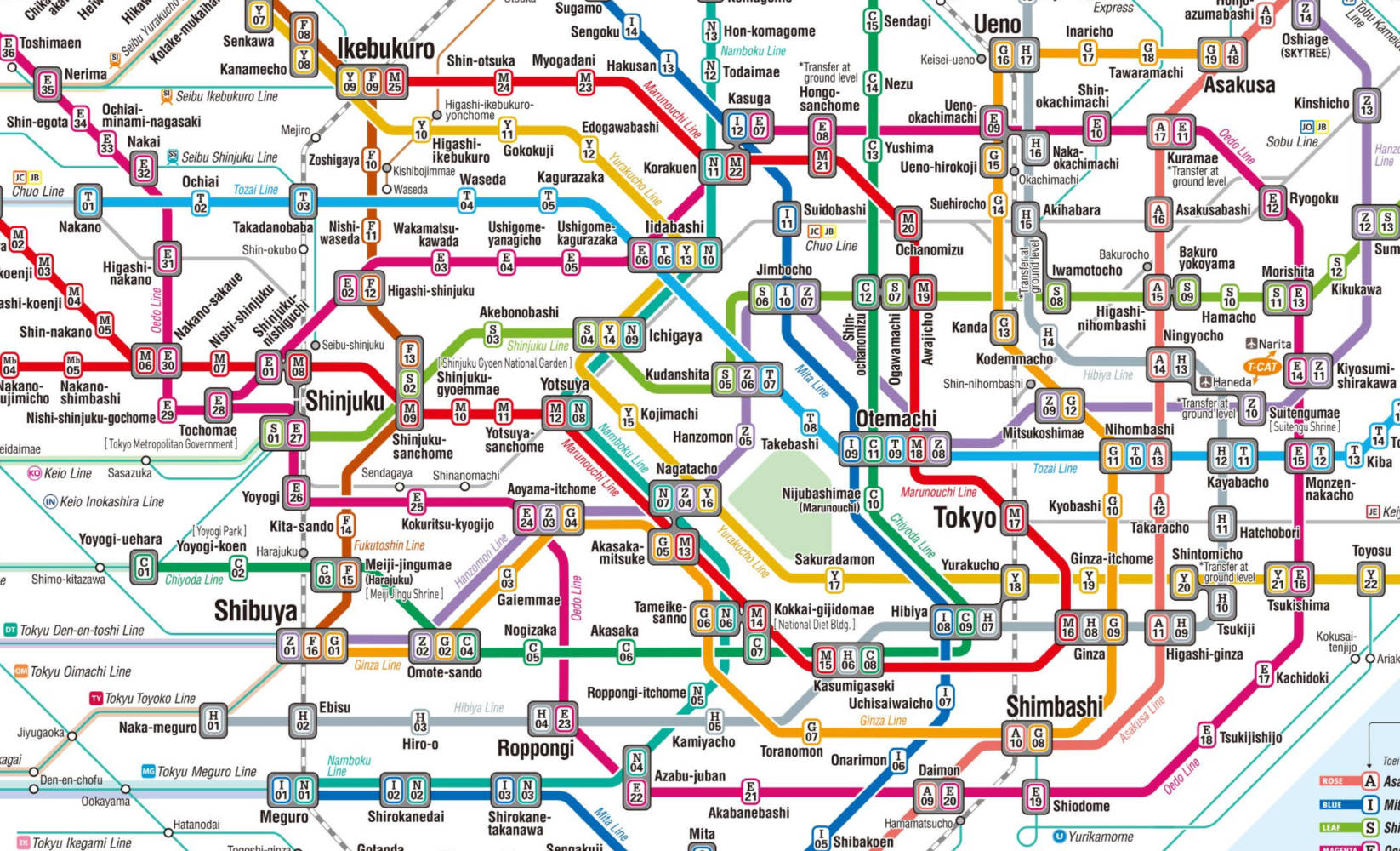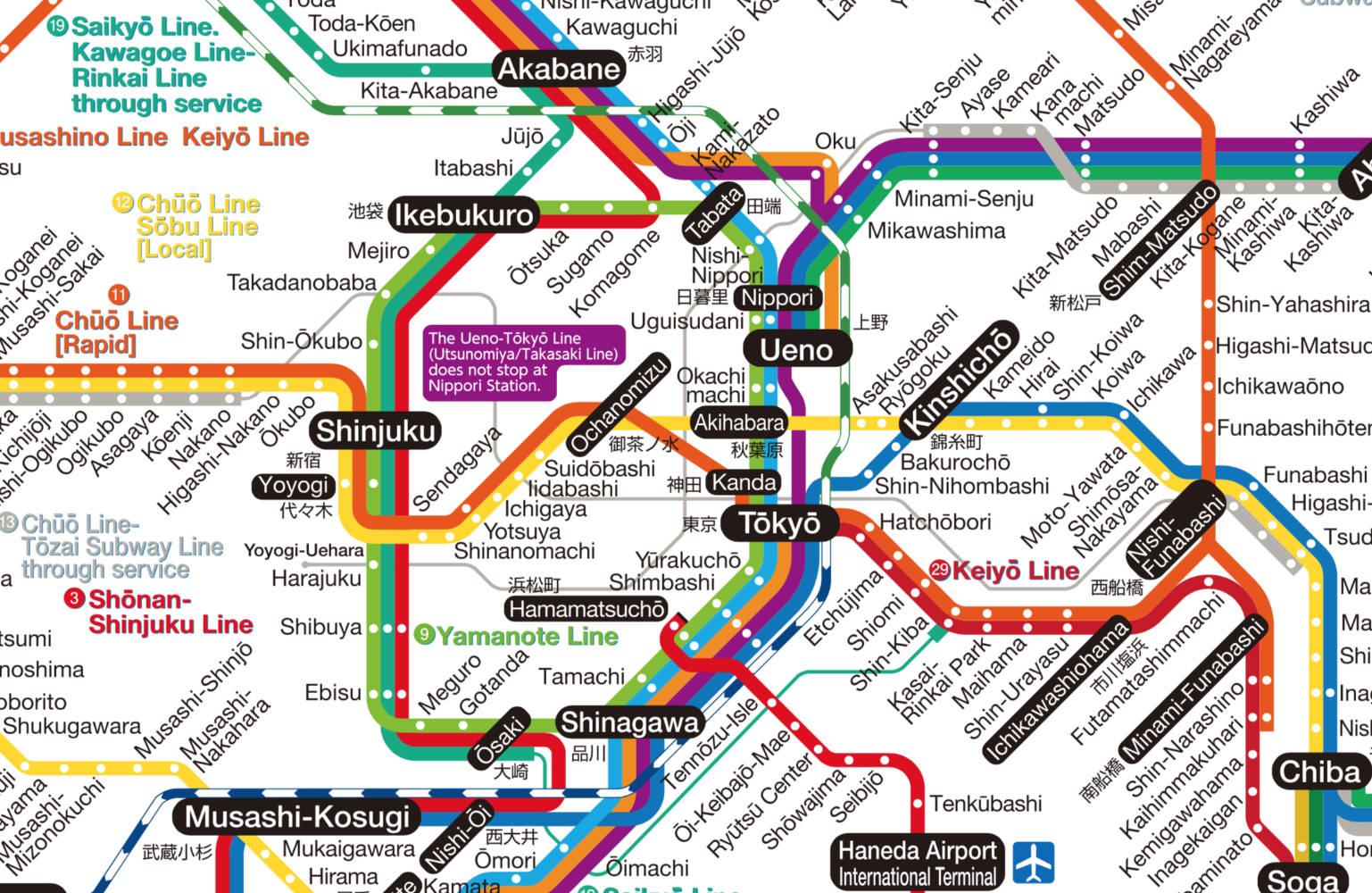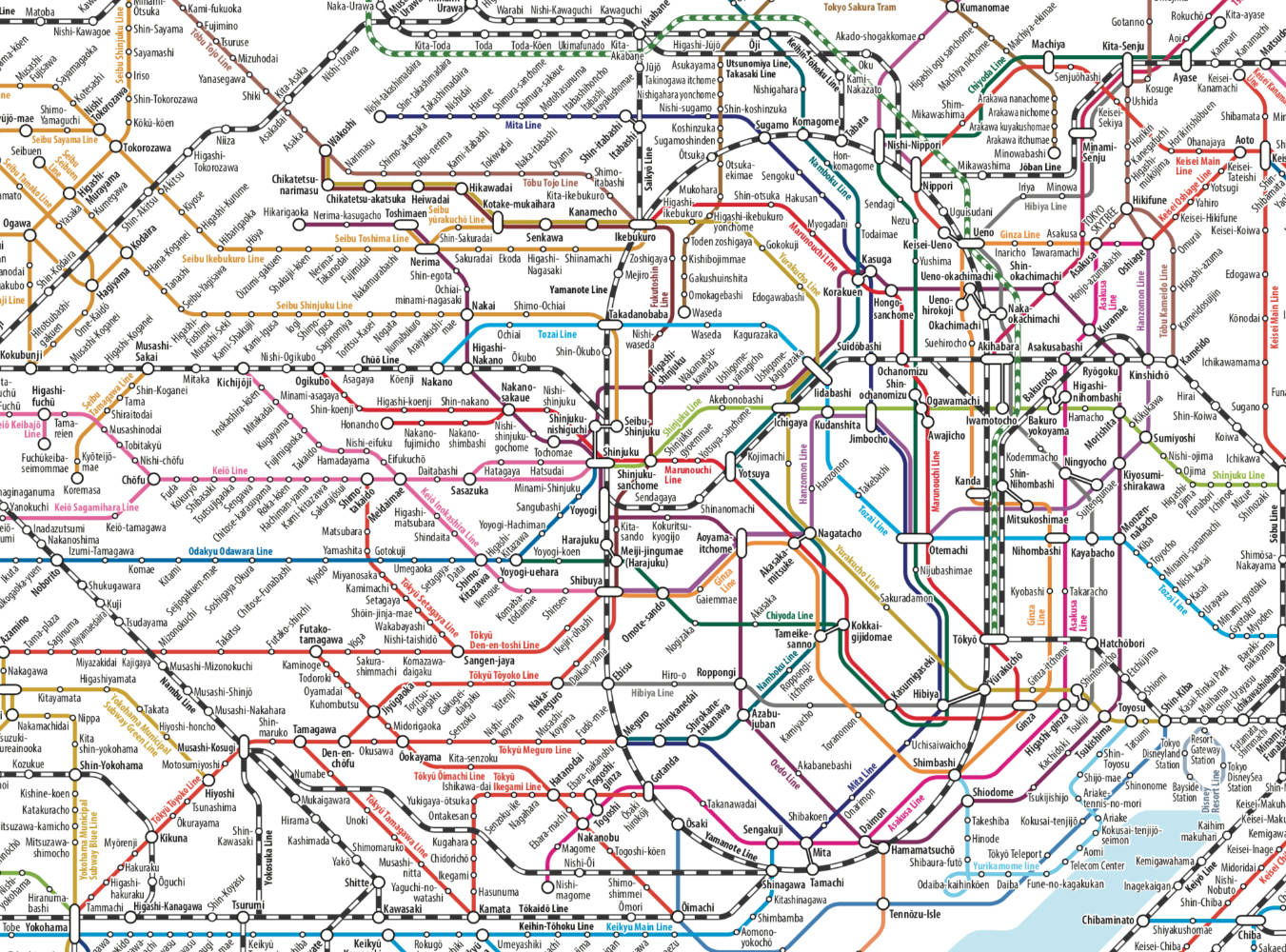shinjuku
Inspiration
The core idea for Shinjuku came after a visit to Tokyo. Not on my first visit, of course, because during my first visit I was overwhelmed by the maze of twisty little train connections that connect the city. I didn’t notice that a small set of companies owned a good portion of not only the rail but also the major department stores in the city.
Tokyo Metro/Subway/Rail
To get a sense of the rail system in Tokyo, it’s useful to start with a map of the Tokyo Metro.
This map shows the 9 Tokyo Metro lines but it also includes the 4 lines run by Toei because they have an operating agreement with each other.
But this isn’t a complete map of Tokyo’s rail because there are also the JR lines. Those rail lines can be found on a completely different map:
But those maps still don’t include other rail lines run by private companies such as Keio, Odakyu, Tokyu, Tobu, Seibu and a few others. Fortunately, the JR company has a map that combines all of the rail/subway/metro lines together into a convenient (and easy-to-read!) map.
And what’s amazing is that they all work together (mostly) seamlessly.
Tokyo Department Stores
The other half of the inspiration came from the department stores. Most of the major train stations have massive shopping centers on top of them with large department stores serving as anchors. The names of these department stores are familiar from the rail companies mentioned earlier: the eponymous Keio and Odakyu Department Stores, Tokyu Hands, and the Tokyo Skytree (run by Tobu).
I imagine that some of these conglomerates started as stores and then built out a rail network to make it easier for customers to get to the stores. Or maybe they were transport companies that took advantage of the people passing through their stations to open stores. Probably a combination of the two.
The Game
Once I realized that there were multiple conglomerates that ran competing rail and shopping empires, I knew that could be a great thematic foundation for a game. Players would control one of these conglomerates and the game would take place over simulated decades as the networks expanded to cover the city.
But ideas just sit around (sometimes for years) until something prompts you to act on them. In my case, it was after playing the recent (Aug 2018) Kickstarter release of Brass: Birmingham.
“I had an idea for a train game in Tokyo”, I said casually after we finished our game, because everyone in our group always has a half-dozen unfinished game designs floating in their heads.
“You should totally do that”, said Adam, at whose feet you can now totally lay the blame for everything that follows.
[Ed. note: I have no idea if Adam actually said “totally”, but that’s how I replay it in my head.]
And so it began…
Next article: The Design Process






